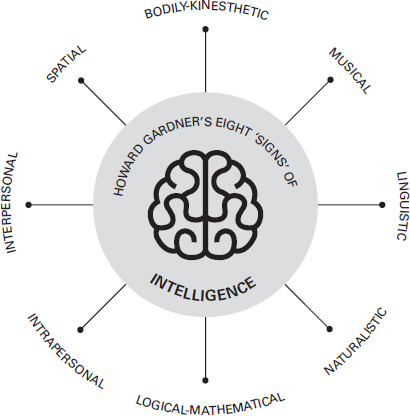Figure 4.1 Howard Gardner’s eight signs of intelligence

Source: Gardner (2006)1
As you can see, few if any of these qualities are referenced or codified in the traditional models of primary, secondary and tertiary education. The orthodox emphasis is much more on the logical-mathematical (science) or linguistic-historical (arts) vectors. Bestselling author and educationalist Sir Ken Robinson has also pointed out the limitations of this model and emphasized how educational paradigms are shifting.3 As he says, it’s a world where ‘there’s a right answer and it’s at the back of the book’.
QUICK TIP The leader’s job is not to be the most intelligent person in the room. The leader should make everyone else feel as if they’re the most intelligent person in the room. So, if you’re the most intelligent person in the room, you’re in the wrong room!
This is fine so far as it goes, but intelligence is not necessarily required for leadership. Sure, it helps, but leadership is also strongly correlated with many more basic personal skills and qualities, such as determination and tenacity. These are also qualities that increase the likelihood that other skills will be acquired. Sometimes they also dictate whether the over-educated will also become the under-achievers. The problem is that some of these qualities are difficult to spot. Stubborn determination and stupidity are almost indistinguishable.
Intelligence as enlightenment
The educational establishment that currently prevails was created in the model of the Enlightenment. This was a European intellectual movement of the late 17th and 18th centuries that emphasized reason and individualism rather than tradition. This is where Western Reductionism came of age. In the early 21st century a new Enlightenment is under way, which harnesses mindfulness as its intelligence. A lot of what it espouses amounts to balance and self-awareness.
The axis of leadership challenge
One of the great benefits of parenthetic thinking is the ability to spot imbalance. The model shown in Figure 4.2 was evolved for personal balance, but it has useful applications in an organizational sense. The objective is to keep as close to the origin of the axes as possible.